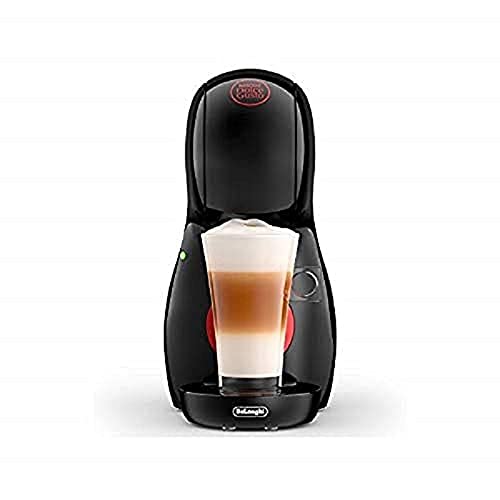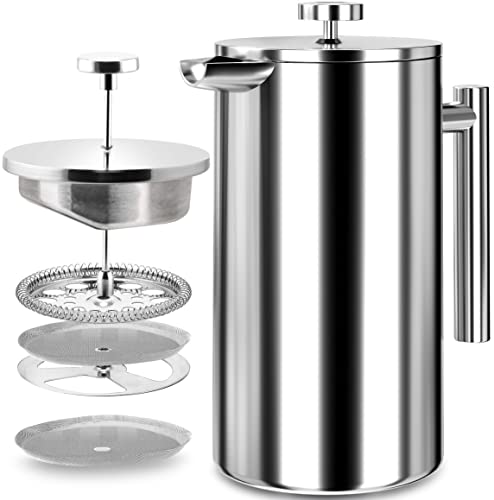A Complete Guide To Machine Coffee Dos And Don'ts
페이지 정보

본문
 What Goes On Inside a Machine Coffee Maker?
What Goes On Inside a Machine Coffee Maker?Coffee machines make it simple to take a hot cup of joe in the comfort of your own home. The most popular models include an adjustable timer and an integrated grinder.
 When you switch on the power the thermostat controls the heating element which circles a warming plate. It also has a water tube made of aluminum which runs through it.
When you switch on the power the thermostat controls the heating element which circles a warming plate. It also has a water tube made of aluminum which runs through it.Cold-Water Tube
A machine coffee maker is a device that takes the water you pour into it and turns it into a cup of coffee. It does this by boiling the water and passing it through a device that generates high pressure to force it through a capsule made of ground or soluble material. These machines utilize up to 15 bars of pressure as opposed to coffee percolators that run at a mere one bar.
The reservoir appears like an empty bucket that is located at the bottom of the machine. It is where the water is stored to make your drink. This reservoir has a hole at the bottom. It connects to the tube in the heating element on one side, and to an insulated tube that runs from the bottom of the machine to the tap on the other.
When you switch on the machine the water from the reservoir is pumped into the heating chamber. The thermostat then instructs the machine to warm up. As the water gets hotter it expands and presses on a screen under a portafilter that has been filled with coffee and reduced. The pressure causes the screen to be able to penetrate the filter, which allows the espresso to flow into the mug.
The espresso that is brewed out of your machine is a rich, delicious beverage that can come with different levels of acidity based on the type of beans you select. If you notice that your coffee is unpleasant Try changing to another filter paper or a coarser ground coffee. If the issue continues, you should schedule an authorized service technician to perform an de-liming process to clean out your machine. This issue is typically caused by lime scale.
Hot-Water Tube
The insulated white tube in the bottom of your coffee machine is called the hot-water tube. It carries hot water from the heating chamber to the faucet at the top of your coffee maker. This water saturates your grounds, bringing their flavors into the pot of coffee you are waiting for.
Some coffee makers come with the ability to keep the water warm, so it's ready the moment you awake. This is done by using a heater that creates some steam. The steam is then directed to the spout, ensuring that your coffee stays warm until you are ready to pour it.
While it may appear like the coffee maker is complex and expensive, most models are relatively easy to operate and come with only a few moving parts. A thorough cleaning and regular use should keep your machine in good condition for a long time to come.
A majority of coffee machines have a built-in coffee grinder which allows you to add the ground coffee, lock the portafilter in place, and then flip the switch to begin brewing. The pump will pressurize the hot water until it reaches 220 PSI pressure when the switch is turned.
One of the biggest issues when making a cup of coffee is having refill the reservoir frequently. Some coffee makers have machines that can connect directly to the water line. This lets you bypass the reservoir. There are kits for those looking to do it themselves. They can transform any machine into an espresso maker that connects directly to a home water line. This procedure is more complex and requires drilling holes into your machine to accommodate an adapter. This could weaken the coffee maker's construction and cause cracks around the areas that were drilled. It's recommended that you purchase a specially-built coffee maker that is specifically designed to accept a direct water line for the best results.
Resistive Heat Element
The heater is a piece of metal that exhibits a particular type of resistance to electricity. It blocks current flow, but without stopping it entirely, and some of the energy that is blocked is converted into heat. This is what heats up the water in the boiler of your coffee maker.
The heating element is situated on the left side of the base of the machine and it resembles an ordinary light bulb filament or the component of your electric toaster. It consists of an aluminum extrusion that has two sections, a tube for water to flow through, and the heating element itself that is resistive (Check the video here). The resistance of the coiled wire is what makes it get hot when it is given electricity.
When you switch on your coffee maker, the device is heating the aluminum water tube to the point that it is boiling. The bubbles will then rise through the white tube, and then be sprayed over your coffee beans using the shower head. This sprayed water picks up the essential oil essence of the coffee beans as it goes down, and also has caffeine.
If your coffee maker isn't release hot water, it's likely that the pressure switch or heating element thermostat is not working properly. You can test both with a multi-meter using the continuity test. Connect one of the poles to the electrical connection and the second to the flange body, and it should show the number lower than 1. If it does not, then the thermostat or switch need to be replaced.
The water pump or reservoir is another component of your machine that may cause issues. It can become clogged with lime, and you'll need to run water and descaling agent through it.
Warming Plate
A warming plate is a metal surface that is heated that keeps coffee warm in a cup once it has been made. This feature is very popular with those who enjoy coffee at a restaurant and can be a valuable addition to the kitchen of a home. The warming plate can rust and ruin the taste therefore it is crucial to clean it frequently. The best method to clean the heating plate of a coffee maker is to use a mixture of oxalic acid and water.
Oxalic acid is a potent cleaning agent that can be used to get rid of corrosion from sinks, pipes gas stove burners and many other household items. You can buy this product in most hardware stores. It is an effective way to clean the rusty warming plates of your coffee makers. You must be cautious when using this product, www.coffeee.uk because it could cause burns and other injuries if handled correctly.
When you are cleaning a coffee maker's heating plate, first check that the coffee maker is not plugged. This will avoid any damage caused by the heat generated by the cleaning products. Rubber gloves are also recommended as oxalic acids can be rough on skin.
Pour some white vinegar on the rusted areas of the heating plate. This will react chemically with the baking soda and dissolve the rust. Then apply brushes or rags to scrub the area until it is clean. It is possible to repeat this process several times if the coffee maker is rusted heavily. Make sure that the oxalic acid is completely evaporated before plugging your coffee maker back in and start using it again.
Aluminum Water Tube
When you switch on your machine, it'll begin making coffee for you. It appears to be simple enough, but there's lots going on the process of turning just a few scoops of ground and a few cups of water into a steaming hot beverage.
The cold water is piped into the aluminum tube beneath the resistive heating element through an opening at the bottom of the reservoir. The aluminum water tube begins to heat up and when it reaches its boiling point, bubbles start to form that push the water partway up the white tube in the center of your coffee maker.
The hot water squirts out from the top of the tube into a perforated disc known as the shower head. (Or basket in some machines). Here the hot water falls over the coffee grounds and picks up its oil essence while it does so.
The water flows through the coffee and then through the filter back up into your pot. The pump's oscillating pressure is the reason for this. The shearing force exerted by the bubble's expanding and contracting boundaries extracts ground coffee particles from the water, leaving behind an espresso-like, strong beverage.
Keep in mind that your machine is dependent upon many different components. They're all interconnected. If you notice strange sounds or feel vibrations it could be due to an unconnected component. The loose parts can cause noise and may weaken connections, which could cause additional issues.
- 이전글5 Killer Quora Answers To ADHD Titration UK 24.09.14
- 다음글20 Insightful Quotes On Small Sleeper Couch 24.09.14
댓글목록
등록된 댓글이 없습니다.


